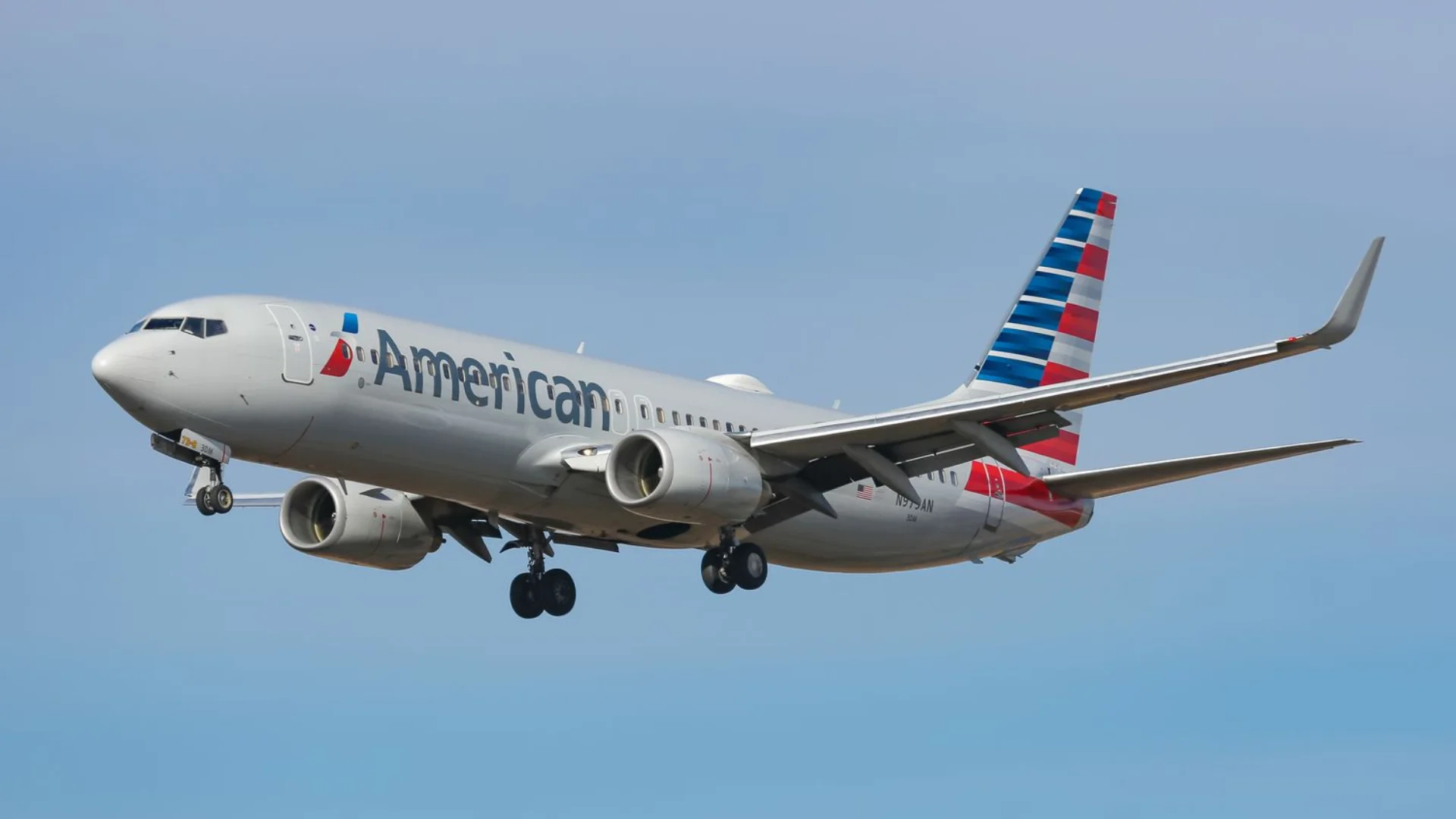The Airbus A380, the largest commercial jet in operation, boasts significant performance capabilities with its four-engine configuration. These engines, either the Engine Alliance GP7000 or Rolls-Royce Trent 900, each provide around 75,000 pounds of thrust to power the 72.72-meter-long aircraft. The Trent 900 was initially intended for a Boeing 747 variant but transitioned to the A380 program. Meanwhile, Engine Alliance emerged as a joint venture between GE Aerospace and Pratt & Whitney.
While most modern jets feature two engines, the A380 is part of a dwindling group of quadjets that includes models like the Boeing 747 and Airbus A340. Newer twin-engine planes such as the Boeing 787 Dreamliner and Airbus A350 offer similar capacity with improved efficiency. However, "the A380 is a certified marvel of human engineering and the most powerful commercial jet ever built."
The maximum thrust from all four engines on an A380 can reach up to 300,000 lbf—equivalent to nearly six Boeing 737 MAX jets combined. This immense power allows for significant wing flex during takeoff and enables operations on shorter runways compared to other large aircraft.
 Alerts Sign-up
Alerts Sign-up








